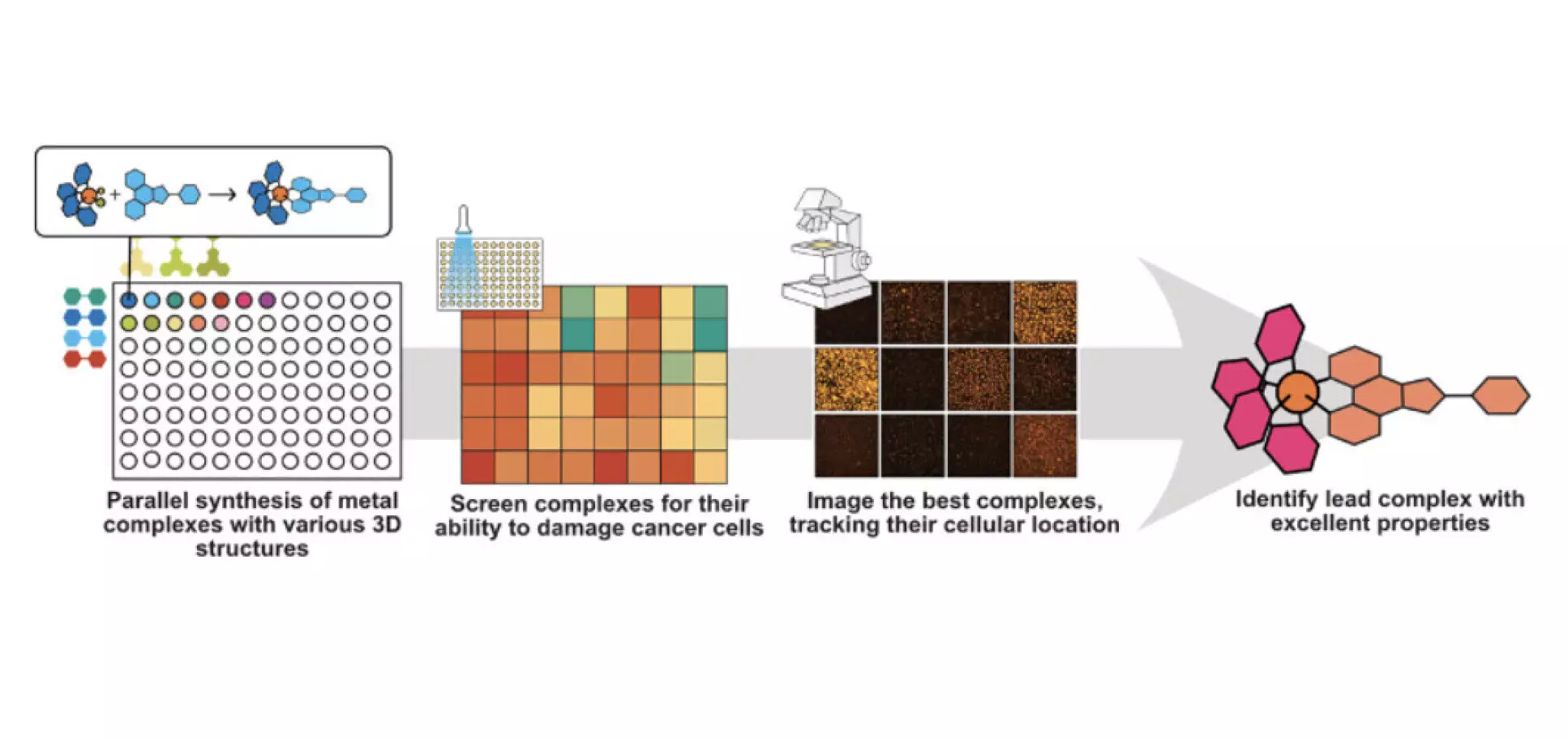In a groundbreaking study published in the journal Angewandte Chemie International Edition, researchers at Imperial College London have developed a novel platform for the synthesis, analysis, and testing of new compounds with the potential to treat cancer. Led by Professor Ramon Vilar and Dr. Tim Kench from the Department of Chemistry, this innovative workflow focuses on metal-based compounds that exhibit high toxicity to cancer cells when exposed to light. This approach, known as photodynamic therapy (PDT), has the potential to revolutionize cancer treatment by offering a more targeted and less harmful alternative to traditional chemotherapy.
The process of discovering new compounds with pharmacological properties is often expensive, time-consuming, and riddled with challenges. One major hurdle is predicting and balancing the diverse characteristics of new compounds, such as their chemical stability, response to light, and cellular uptake. Professor Vilar highlighted the difficulty of finding compounds that are non-toxic in the dark but highly toxic when activated by light, a key requirement for effective PDT. Traditional chemotherapy drugs lack the precision of PDT, making it crucial to develop compounds that allow for targeted cell damage while minimizing side effects.
To address these challenges, the researchers at Imperial College London employed a unique approach to compound synthesis known as ‘combinatorial synthesis’. By attaching different molecular fragments to a central iridium core, the team was able to manipulate the structure and properties of a wide range of metal complexes. This approach allowed for the rapid generation of a diverse set of compounds with varying properties, enabling the researchers to identify promising candidates for further study. The use of automation further enhanced the efficiency and speed of compound discovery, streamlining the synthesis and testing process.
Through the platform, the researchers synthesized and tested a library of 72 complexes simultaneously, evaluating factors such as the generation of reactive oxygen species, tolerability in the dark, and efficiency in killing cancer cells exposed to light. This initial screening process identified 18 compounds with even better anticancer properties, paving the way for the development of more effective treatments. By leveraging liquid handling robots for synthesis and testing, the researchers were able to significantly shorten the time required for compound evaluation, reducing the overall cycle to just three days.
To better understand why certain compounds exhibited superior anticancer properties, the researchers collaborated with experts in computational analysis from the Massachusetts Institute of Technology. Using advanced computational techniques, the team was able to analyze key electronic parameters of the compounds and correlate them with experimental data. This collaboration not only provided valuable insights into the structure-activity relationships of the compounds but also paved the way for the integration of machine learning models into the platform. By identifying patterns between high-performing compounds, these models can suggest the synthesis of new libraries of novel candidate compounds, further accelerating the discovery process.
Looking ahead, the researchers aim to expand the existing library of compounds and data, leveraging machine learning models to uncover key patterns and optimize compound design. By continuing to refine their platform and integrate cutting-edge technologies, the team at Imperial College London is poised to drive innovation in cancer treatment. Ultimately, their pioneering approach to compound synthesis has the potential to transform the landscape of oncology, offering new hope for patients and clinicians alike.


Leave a Reply